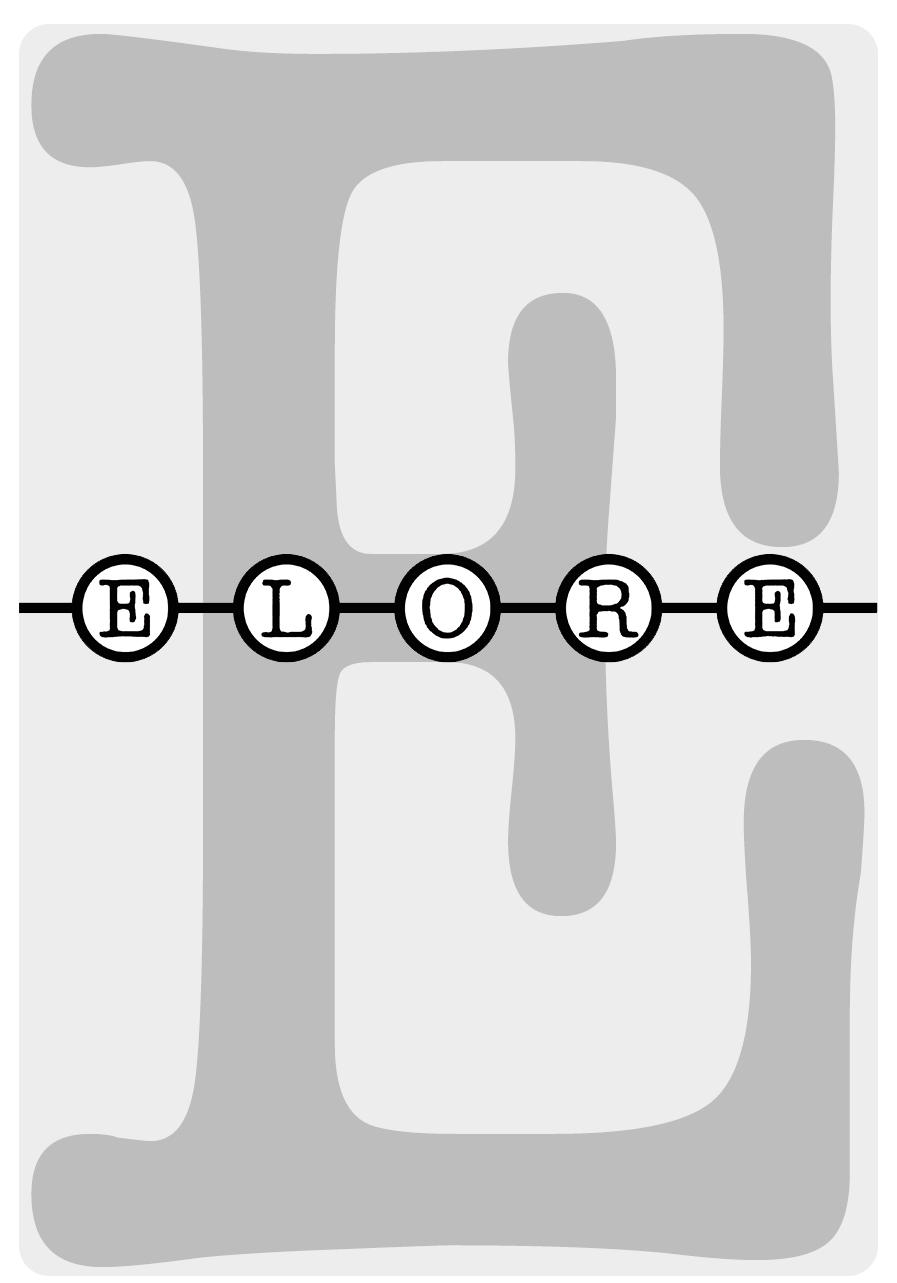Huumori tekstin ja kokemuksen risteyksessä – Huvittavuuden prosessin systeemiteoreettisia suuntaviivoja
DOI:
https://doi.org/10.30666/elore.78520Abstract
Humour, as a concept, comprises a broad range of human everyday experience. Barely a day passes without a humorous situation. Still, it has been amazingly hard to pinpoint the identity of the phenomenon in question. Humour seems to escape any attempts of scientific definition. In this article, humour is approached from the second order cybernetic viewpoint, which has not been widely known in the contemporary cultural sciences. The objective of the article is not to define humour, but to consider how humour relates to general concepts of text and experience on the one hand, and to the process of amusement on the other. It is argued that humour cannot be understood only in terms of text. Humour is seen as an emergent property of cultural experience that cannot be reduced to the sum of its parts. Second order cybernetics is treated as a vehicle for understanding humour and amusement as immanent processes that are brought forth by the cultural subject himself.Downloads
Published
How to Cite
Issue
Section
License
The journal follows Diamond Open Access publishing model: the journal does not charge authors and published texts are immediately available on the Journal.fi service for scientific journals. By submitting an article for publication on Elore, the author agrees, as of September 2024, that the work will be published under a CC BY 4.0 licence. Under the licence, others may copy, transmit, distribute and display the copyrighted work and any modified versions of the work based on it only if they attribute the licence, the original publication (link or reference) and the author as the original author. Any modifications made must be acknowledged.
Copyright of the texts remains with the authors, and self-archiving (Green OA) of the published version is allowed. This also applies to texts published before September 2024. The Green OA publication must include Elore's publication details.
The metadata for published articles is licensed under Creative Commons CC0 1.0 Universal.





